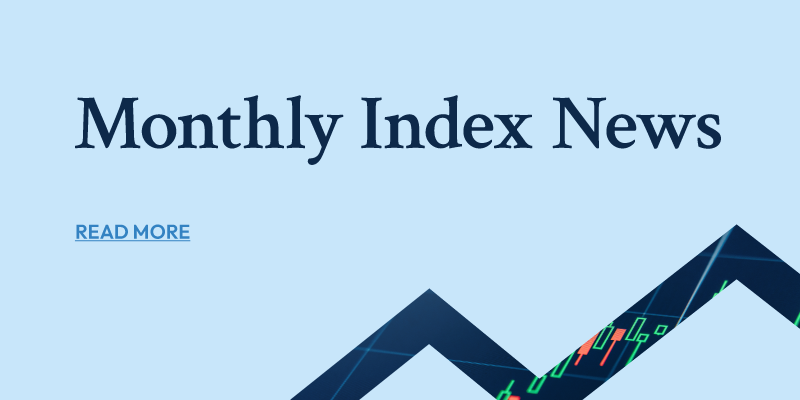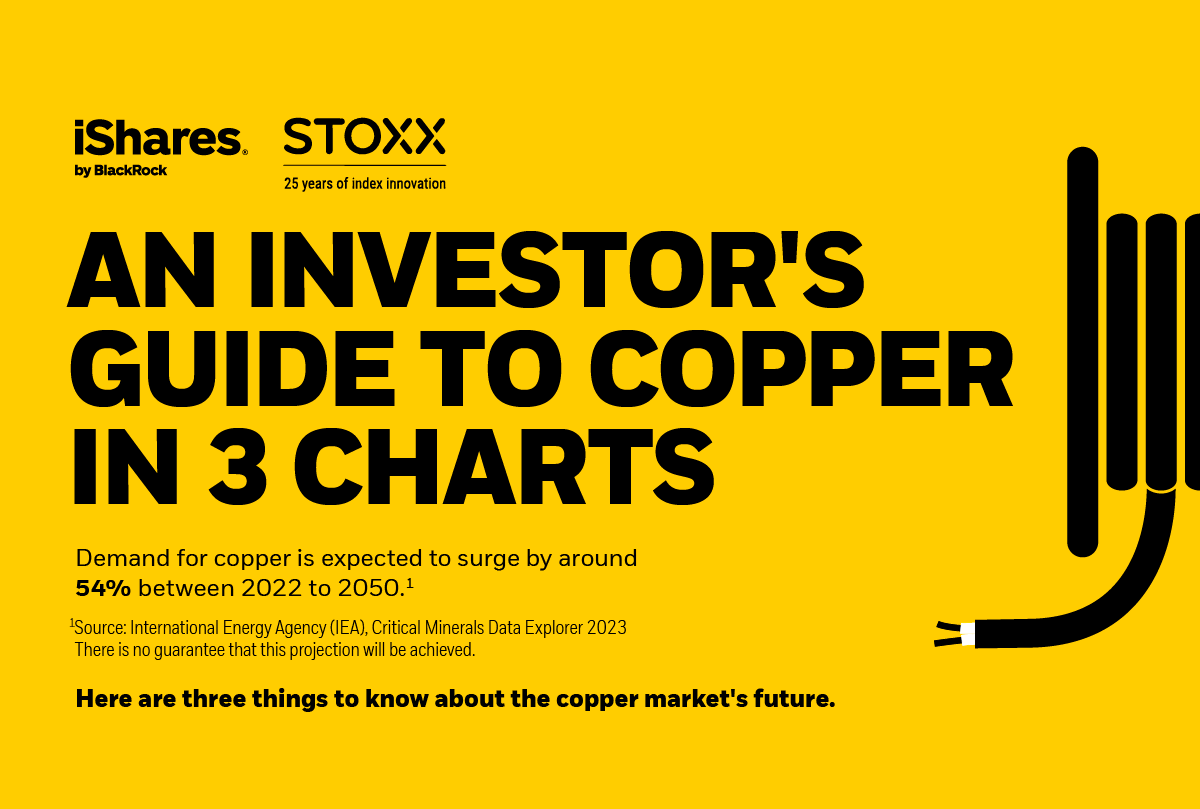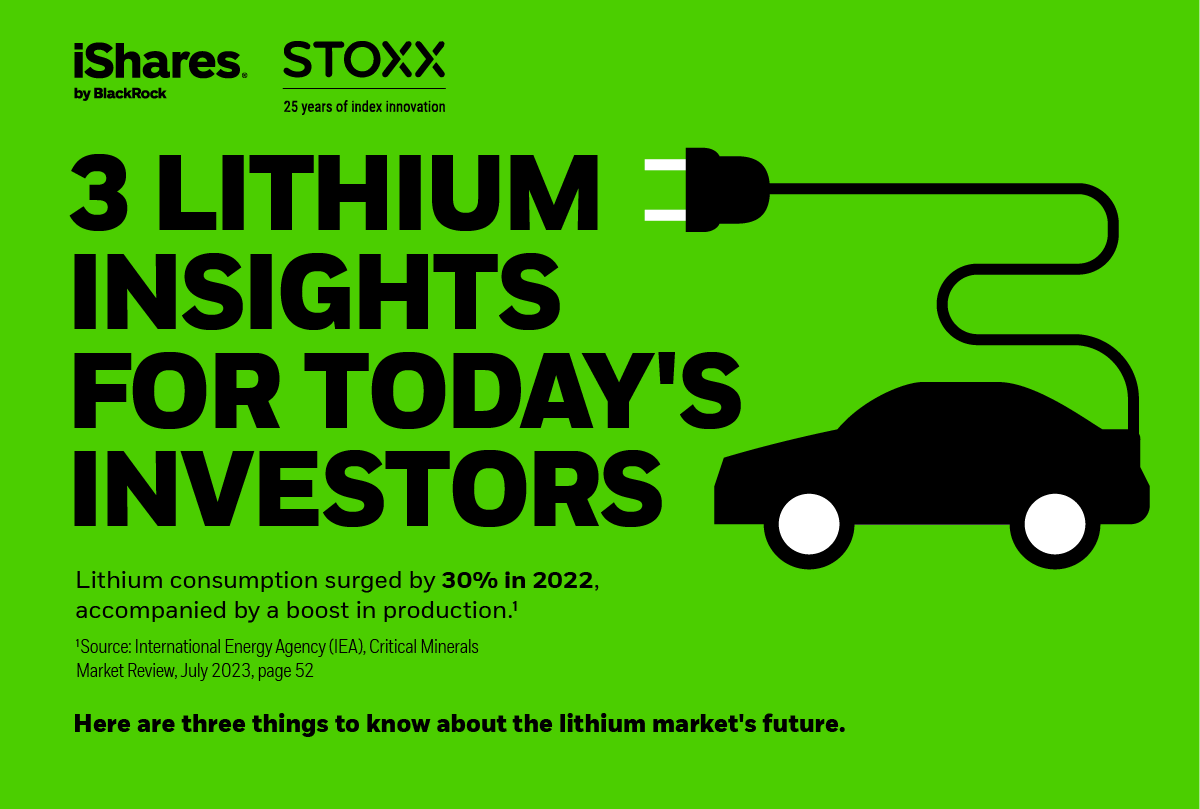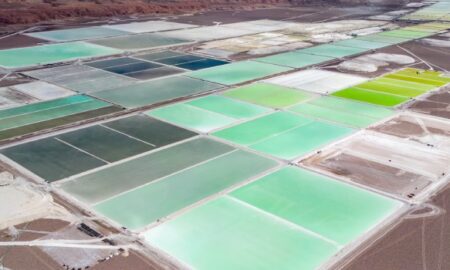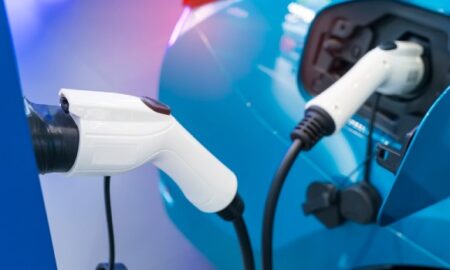
Investing in metals has its particularities, as prices are driven by distinct factors such as supply, demand, and macroeconomic and geopolitical issues. Demand for metals can respond to traditional market economics (consumption), or it can be driven by investors’ purchasing for portfolio diversification and insurance.
The energy transition as a driver of metals demand
The brown-to-green revolution requires substantial amounts of metals such as copper, lithium, nickel, cobalt and aluminum, which are good conductors of heat and electricity, and are ductile and malleable. The minerals are enabling the growth in solar and wind power, and in electric vehicles (EVs), as nations drop hydrocarbons. Under the International Energy Agency (IEA)’s Net-Zero by 2050 Roadmap, renewables may increase their share of power from 10% currently to 60% in three decades, exacerbating supply shortages for transition metals.
Transition metals indices
Related news & research
2 IEA, “The Role of Critical Minerals in Clean Energy Transitions,” May 2021.
